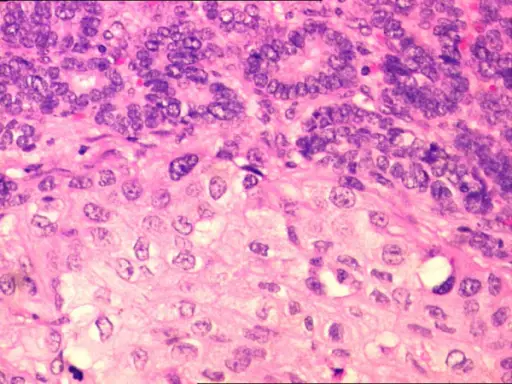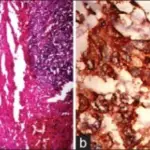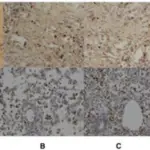Papillary carcinoma is the well-differentiated form of thyroid cancer.
What is the Pathology of Papillary Carcinoma?
The pathology of papillary carcinoma is:
-Etiology: The cause of papillary carcinoma is ionizing radiation before the age of 20, or genetic predisposition.
-Genes involved: RET or RAS.
-Pathogenesis: The sequence of events that lead to papillary carcinoma involves somatic rearrangement of RET protooncogene and point mutation in BRAF and RAS genes.
-Histology: The histology associated with papillary carcinoma shows grossly firm mass which is not encapsulated while nuclei are small without nuclear membrane.
How does Papillary Carcinoma Present?
Patients with papillary carcinoma typically occur in females present at the age range of 20-40. The symptoms, features, and clinical findings associated with papillary carcinoma include persistent cough, difficulty breathing, or difficulty swallowing.
How is Papillary Carcinoma Diagnosed?
Papillary carcinoma is diagnosed using preoperative fine-needle aspiration cytology.
How is Papillary Carcinoma Treated?
Papillary carcinoma is treated with total thyroidectomy or postoperative radioactive iodine therapy.
What is the Prognosis of Papillary Carcinoma?
The prognosis of papillary carcinoma is good with a ten-year survival rate.



